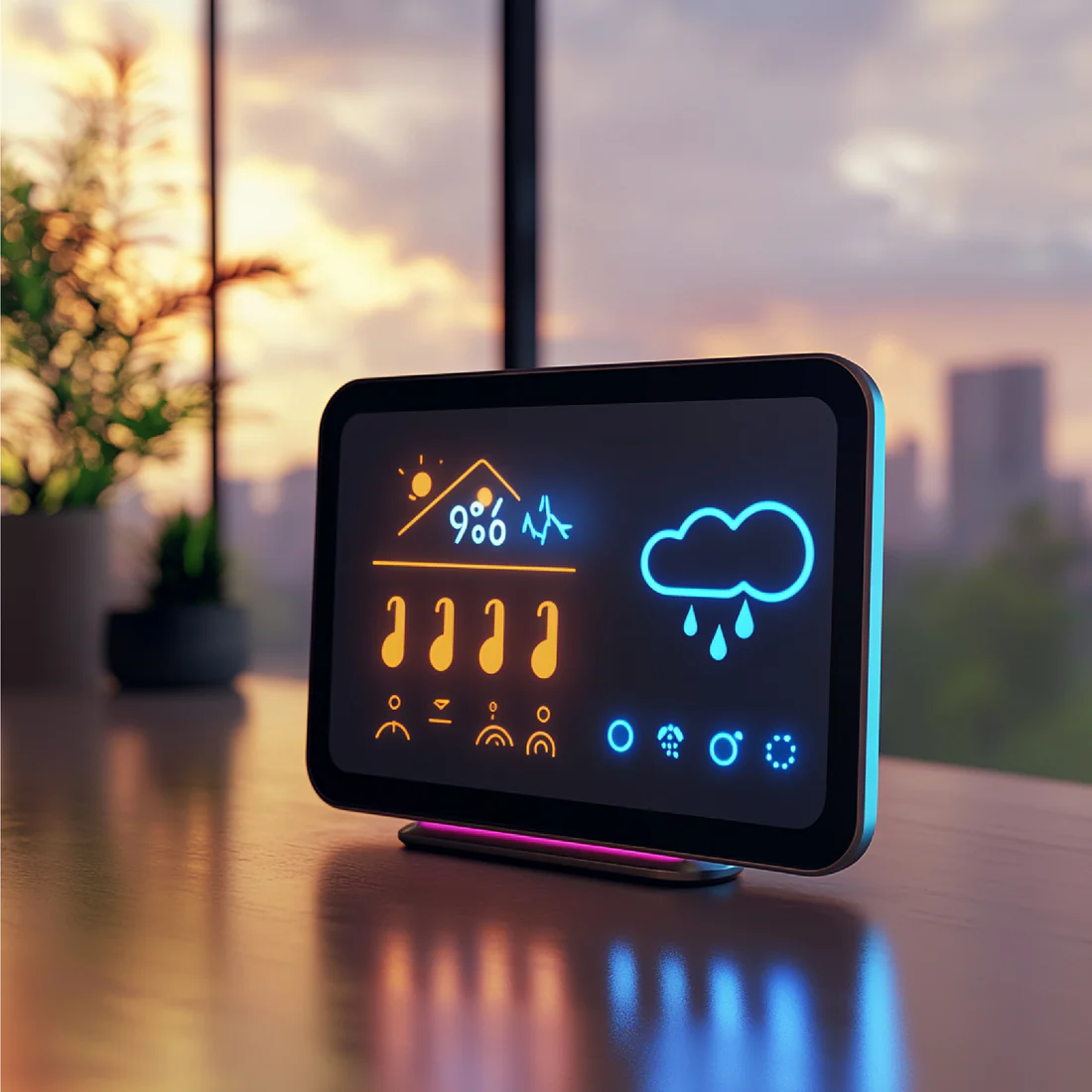Introduction to Smart Weather Tech
Weather affects our daily lives in countless ways. From planning a picnic to preparing for natural disasters, accurate weather predictions are crucial. Enter smart weather tech—an innovative blend of artificial intelligence and meteorology that’s changing the game. Companies like IBM, AccuWeather, and Google are at the forefront, utilizing cutting-edge AI models to enhance forecasting accuracy.
Imagine receiving real-time disaster alerts that can help you make informed decisions before severe storms hit your area. Picture user-facing tools designed not just for professionals but also for everyday users to understand complex climate patterns easily. These advancements don’t just keep us dry during unexpected rain; they have far-reaching implications for industries ranging from agriculture to urban planning.
As we dive into how these industry leaders harness AI in their approaches, we’ll uncover the transformative power of technology in predicting the future of weather—and ultimately shaping our world.
The Role of Artificial Intelligence in Weather Prediction
Artificial intelligence is transforming how we approach weather forecasting. Traditional methods relied heavily on historical data and human intuition. Now, AI models analyze vast datasets with speed and accuracy that humans simply cannot match.
These algorithms sift through satellite images, radar signals, and climate patterns to identify trends. They can predict severe weather events much sooner than traditional methods, providing critical disaster alerts to communities at risk.
Machine learning enhances the modeling process by continuously improving predictions based on new information. This adaptability means forecasts become more reliable over time.
User-facing tools powered by AI allow everyday individuals to access hyper-localized weather updates tailored specifically for their needs. It’s a game-changer in personal planning and safety measures during extreme conditions.
IBM’s Deep Thunder System
IBM’s Deep Thunder system represents a significant leap in weather forecasting. Utilizing advanced AI models, it offers hyper-local forecasts that can predict conditions down to street-level accuracy.
This innovative technology combines vast amounts of data with machine learning algorithms. It analyzes everything from historical weather patterns to real-time environmental changes. The result? Highly accurate predictions tailored for specific locations.
Deep Thunder is not just about predicting sunny days or rain; it’s also pivotal for disaster alerts. Emergency services leverage its insights during severe weather events to better prepare communities.
Businesses benefit as well, using these precise forecasts for operational planning and risk management. This level of detail empowers decision-makers across various sectors, enhancing their ability to respond effectively to changing conditions.
As climate challenges grow more complex, tools like Deep Thunder will become essential for understanding our environment in real time.
AccuWeather’s MinuteCast and RealFeel Temperature
AccuWeather has transformed the way we interact with weather data through its innovative MinuteCast feature. This tool offers minute-by-minute precipitation forecasts, allowing users to know exactly when rain will start or stop in their area. It’s not just about knowing it might rain; it’s about planning your day effectively.
RealFeel Temperature complements this by providing a more nuanced understanding of what the temperature truly feels like outside. Traditional thermometers only tell part of the story. RealFeel takes into account humidity, wind chill, and even sunlight intensity to give you an accurate sensation of warmth or cold.
This user-facing tool is invaluable for those looking to optimize their outdoor activities or prepare for sudden weather changes. With AI models driving these features, AccuWeather sets itself apart as a leader in climate modeling and real-time disaster alerts that matter most to everyday people.
Google’s Machine Learning-Based Forecasting Models
Google has made significant strides in weather prediction through its innovative machine learning-based forecasting models. By harnessing vast amounts of data, these AI systems analyze patterns and trends that traditional methods often miss.
The technology goes beyond simple weather forecasts. Google uses neural networks to improve accuracy, predicting not just temperature but also precipitation with remarkable precision. This approach allows users to make informed decisions based on real-time updates.
User-facing tools like the Google Weather app showcase this advanced modeling. They provide localized forecasts tailored to individual needs, ensuring everyone stays prepared for sudden changes in climate.
Moreover, integrating disaster alerts enhances public safety. By delivering timely notifications about severe weather conditions, Google’s system empowers communities to take proactive measures against potential threats.
Benefits and Limitations of Smart Weather Tech
Smart weather technology offers numerous benefits. Enhanced accuracy in forecasts allows individuals and businesses to make informed decisions. With AI models, predictive capabilities have improved dramatically, which is crucial for disaster alerts.
These advancements also empower user-facing tools that deliver real-time updates. People can receive tailored information directly on their devices, helping them prepare for severe weather conditions.
However, there are limitations to consider. The reliance on data can sometimes lead to overconfidence in predictions. Unexpected changes in climate patterns may challenge even the most sophisticated systems.
Additionally, accessibility remains a concern. Not everyone has equal access to advanced technology or reliable internet connections, creating disparities in preparedness levels across different communities.
As these technologies evolve, balancing innovation with inclusivity will be essential for maximizing benefits while addressing challenges head-on.
Future Developments and Implications for Society
The landscape of weather prediction is rapidly evolving with the integration of AI models. As IBM, AccuWeather, and Google continue to enhance their forecasting capabilities, we can expect even more sophisticated tools that refine our understanding of climate patterns. These advancements not only improve accuracy but also empower users with timely disaster alerts.
Future developments may lead to increased personalization in user-facing tools. Imagine receiving hyper-local forecasts tailored specifically for your neighborhood or outdoor plans. Enhanced data analysis could allow individuals and businesses to make informed decisions based on precise predictions about severe weather events.
However, as these technologies advance, ethical considerations must come into play. Data privacy remains a critical concern as companies gather more information from users to improve their services. Society needs robust frameworks ensuring responsible use while maintaining transparency in how personal data is utilized.
Moreover, the implications extend beyond just daily conveniences; they touch upon global issues like climate change adaptation and disaster preparedness strategies. Communities will have access to powerful insights that can help mitigate risks associated with extreme weather conditions.
As we look ahead at this intersection of technology and meteorology, it’s clear that smart weather tech holds great promise for enhancing our resilience against nature’s unpredictability while shaping a future where accurate forecasts are an integral part of everyday life.




